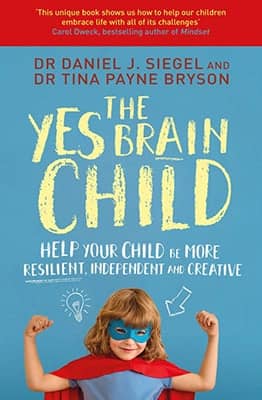Shining a Light on Environmental Issues and Sustainability
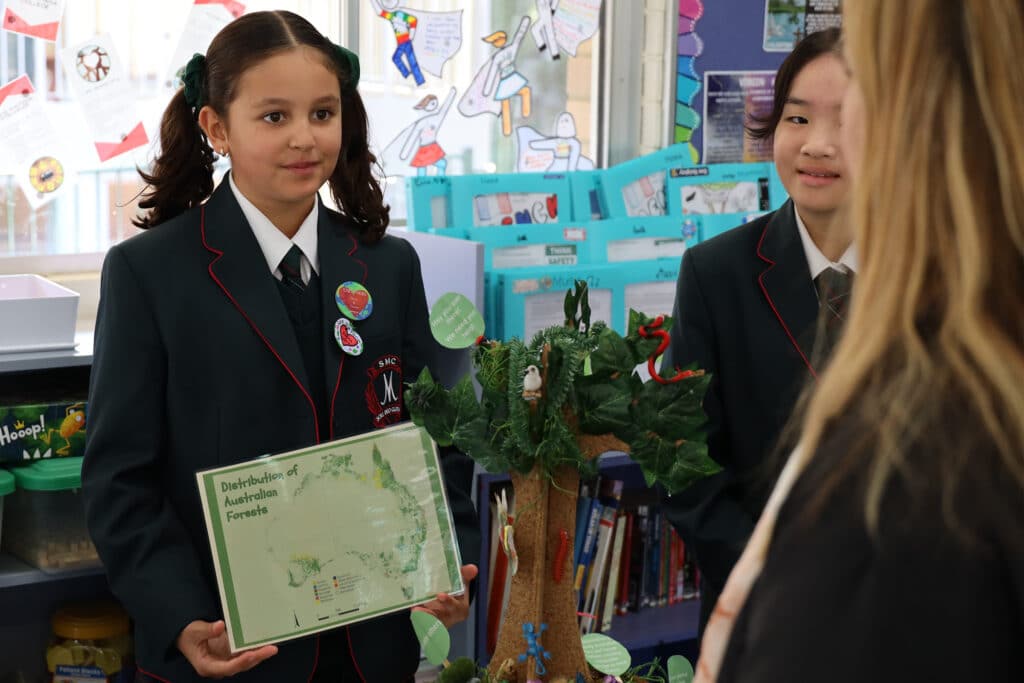
The Fearless5 emPOWER learning project allows students to shine a light on environmental issues and sustainability.
They apply their Connecting Learning To Life attributes throughout the process and explore the big question, ‘How might we provide a safe and sustainable environment to protect Australian flora and fauna?’
This two-week program involved a range of experiences, such as guest speakers and flora and fauna-based incursions and excursions, which all led to the design thinking process where they came up with suitable solutions to answer the big question.
This involved coming up with many creative ideas and products to create change. At the end of the project, they shared their solutions with the broader College community and their parents at the ‘Friends of Flora and Fauna’ exhibition.
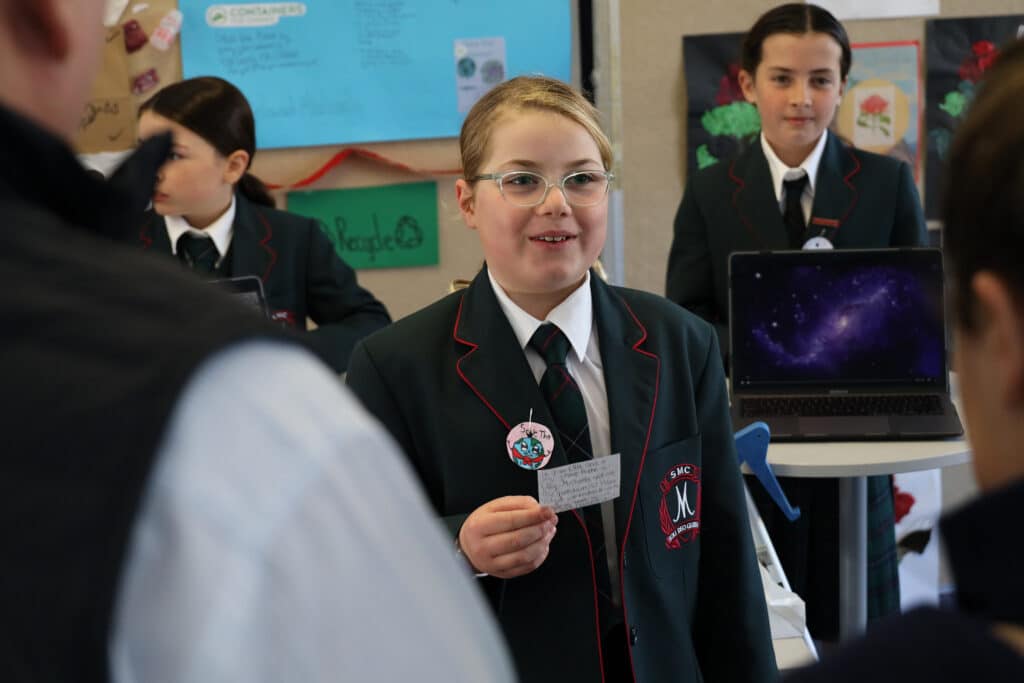
Fearless5 coordinator and Year 5 teacher, Lindsey Fitzgerald, says “These projects are a highlight for me because they empower the students to take real ownership of their learning. They drive the project using their passions, and this always shines through when you hear and see how much they have learned and the high engagement throughout the entire project.
Lindsey adds “I particularly enjoyed the end event; at the exhibition, I saw such quality and varied solutions across the year group. Given the current issues with climate change, Fearless5 enables the students to make connections and realise they can make a difference for their future and the future of all living things.”
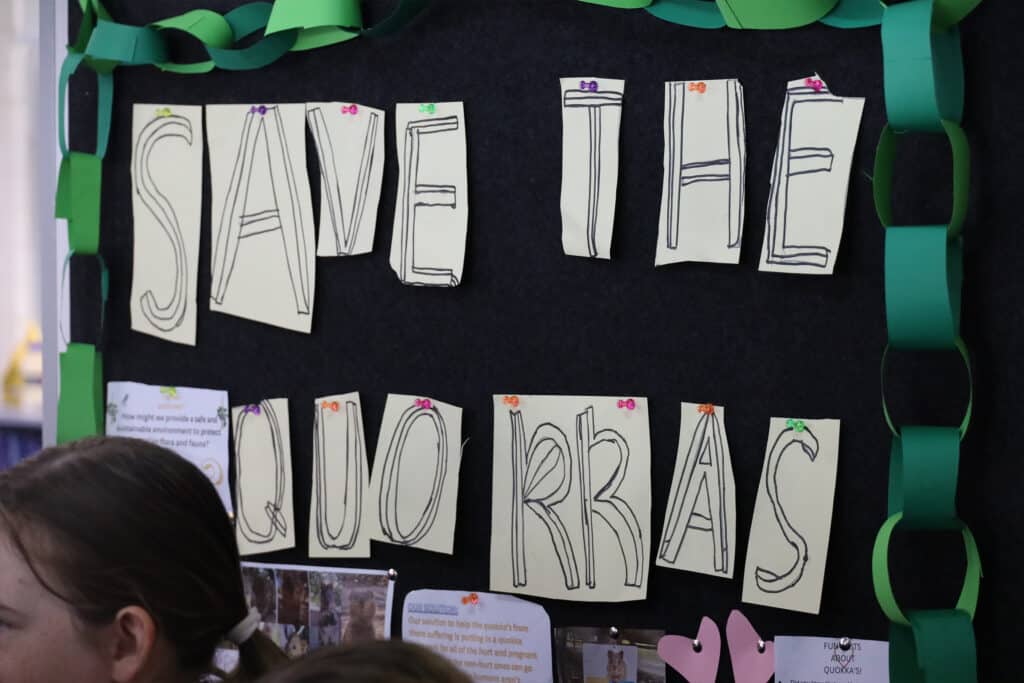
We interviewed several Year 5 students to gain insight into their learning experiences. Here are their responses:
What aspect did you shine a spotlight on and why?
Brooke Tyrrell and Gisele Totaro
Focus question: How might we stop the invasion of cane toads in Australia?
“The aspect that we shined our spotlight on was getting rid of the highly invasive cane toads in Australia. We chose to shine our spotlight on the invasion of cane toads because they are killing lots of Australian native fauna. There are an estimated number of 200 million cane toads in Australia. The number of invasive cane toads is currently increasing, and the number of native animals is decreasing. We need to stop cane toads now!”
What solutions did you come up with and how did it help address the problems you identified?
Alannah Djojoutomo and Emileah Steadman
Focus question: How might we stop deforestation to protect animals habitats?
“The main problem that we wanted to address was deforestation, trees being cut down to clear land for farms and houses. In doing so, not only is carbon dioxide being released into the atmosphere causing climate change, but animal habitats as well as native plants were lost, causing extinction of certain species and loss of food source and shelter to many animals.
We came up with an idea for a robot that could sense the amount of carbon dioxide in a forest and then start beeping if it senses more than usual. It would also send a message immediately to the Federal Law of The Environment Protection to tell them that trees are being chopped down, and there they’d be able to check if it was lawful or not. The robot would be shaped like a mini tree, so it does not disturb the animal life living in the forest.”
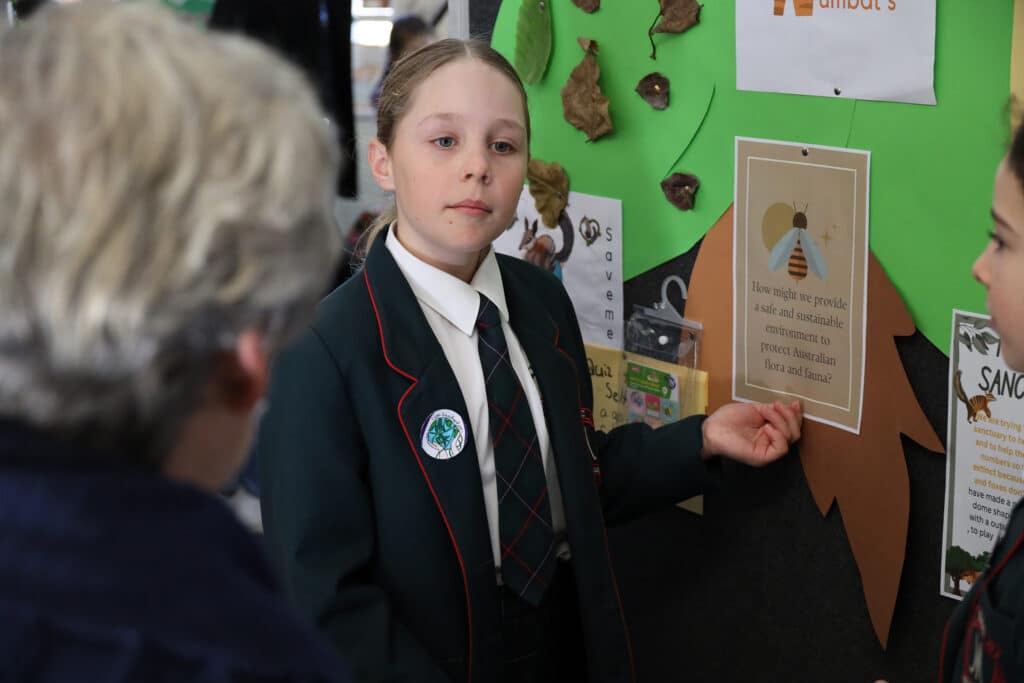
Which attributes did you use throughout Fearless 5?
Michaela Shipp
Creativity – We used creativity because we were the only group who used role-play as part of our presentation.
Lilly Thompson
Collaboration – We worked on our group poster together, and we made sure everyone had a turn to give their ideas.
Ella McBride
Resilience – When things didn’t go to plan, we used resilience to keep trying.
What did you enjoy about this emPOWER problem-based learning opportunity?
Matilda McAllister
I enjoyed creating the presentation for the Friends of Flora and Fauna Exhibition the most because we worked together as a team to get it done. We worked really well, and it looked so good at the end.
Georgia Stingemore
I like how we got to discuss and create new ideas. I had so much fun with my friends working on creating a sanctuary for the numbats.
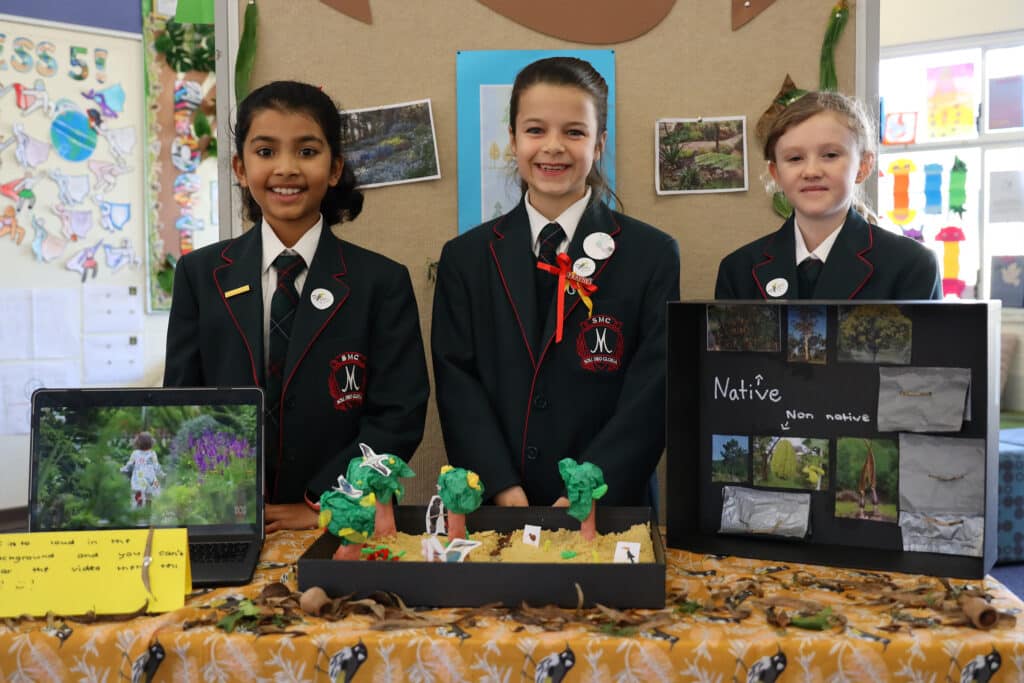
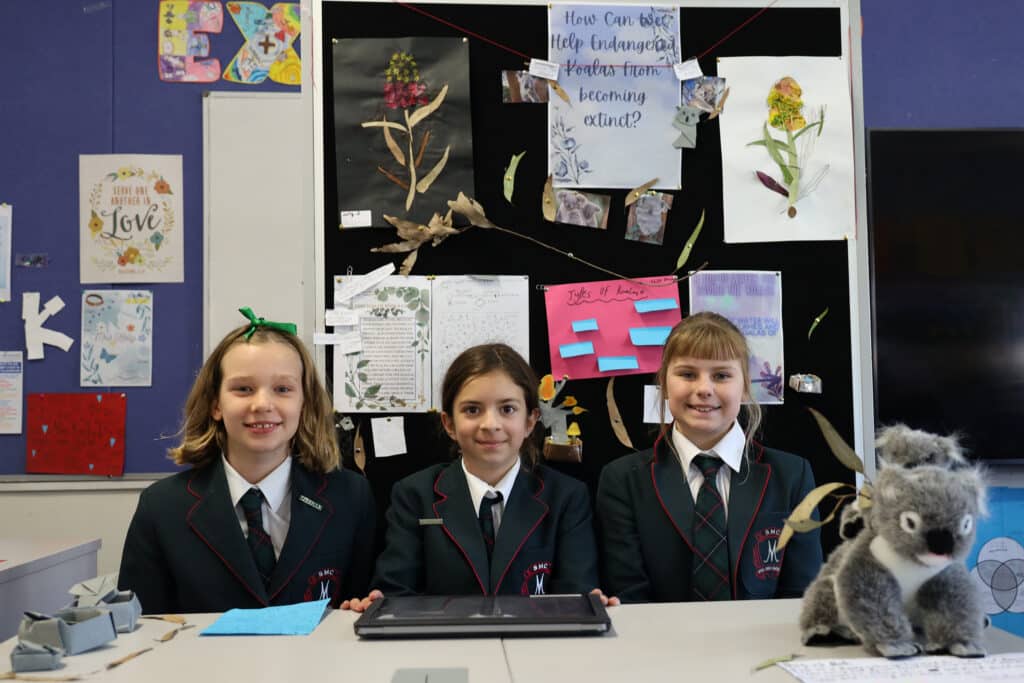
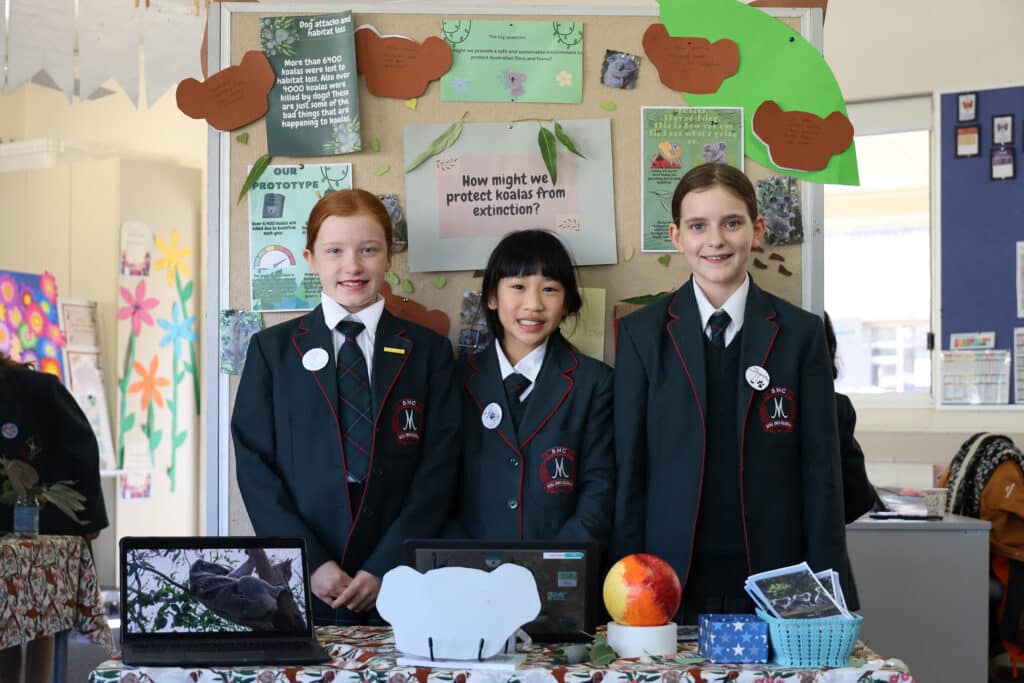
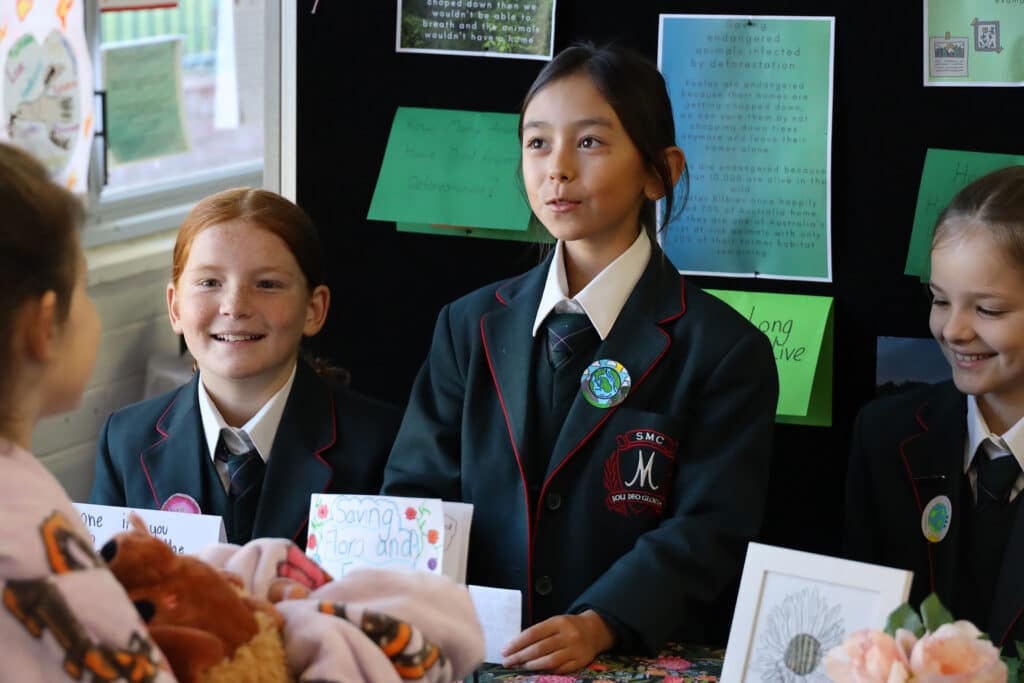
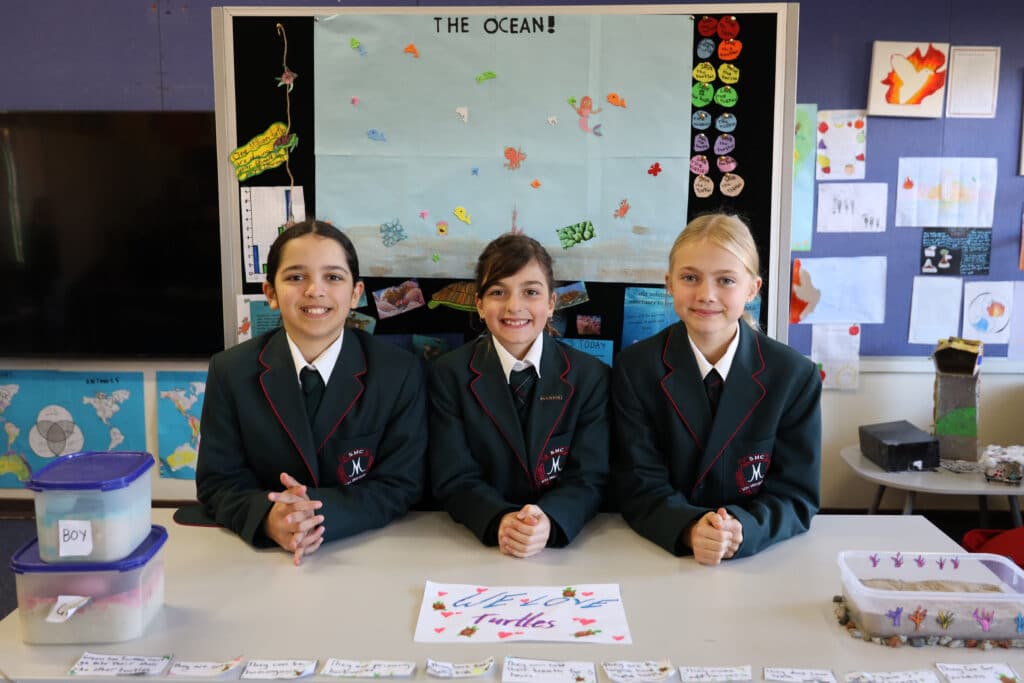

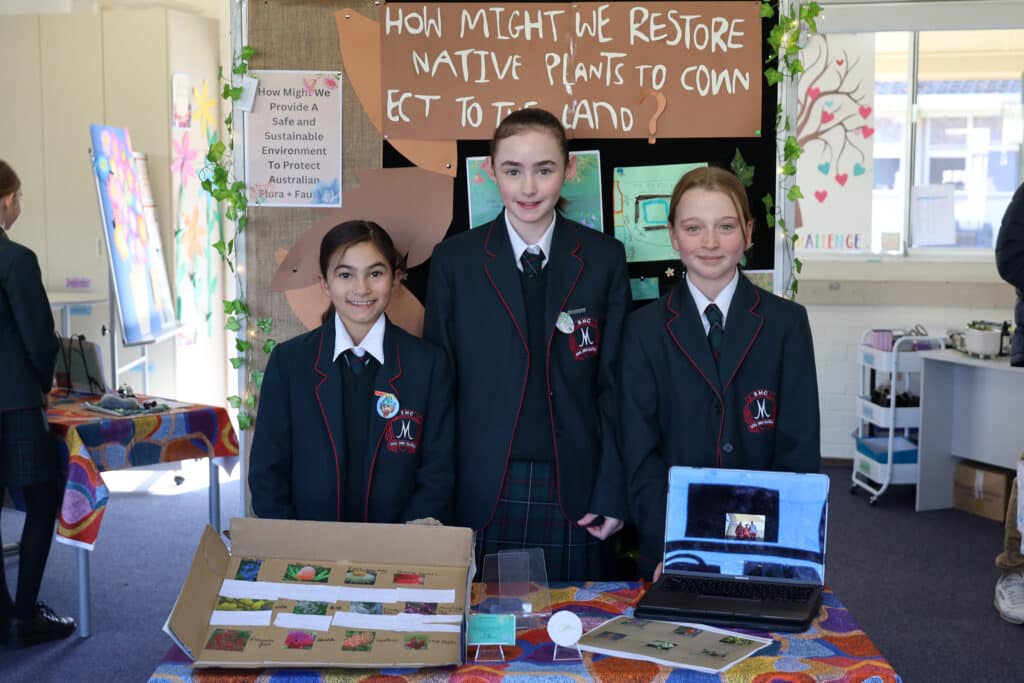

Combating The Attention Span Crisis In Our Students – Jennifer Oaten
It is no secret that attention spans have been steadily declining, especially among younger generations growing up immersed in digital technology. The average person’s attention span when using a digital device has plummeted from around two and a half minutes back in 2004 to just 47 seconds on average today – a dramatic 66% decrease over the past two decades.

Weekly Wrap Up: Term 2, Week 2, 2024
Week 2 has come to an end! This Weekly Wrap Up features highlights from Scuba Diving Club, the Sisterhood Series, and Boarding ANZAC Service.

Santa Maria Teams Shine in Term 1 Sports
Santa Maria had a huge number of girls in the IGSSA AFL and Volleyball competition with strong results for a number of teams.
- Collaboration, Confidence, ConnectingLearning2Life, Creativity, CriticalThinking, Featured, Learning4Life
Author: Santa Maria College
Santa Maria College is a vibrant girls school with a growing local presence and reputation. Our Mission is to educate young Mercy women who act with courage and compassion to enrich our world. Santa Maria College is located in Attadale in Western Australia, 16 km from the Perth CBD. We offer a Catholic education for girls in Years 5 – 12 and have 1300 students, including 152 boarders.





